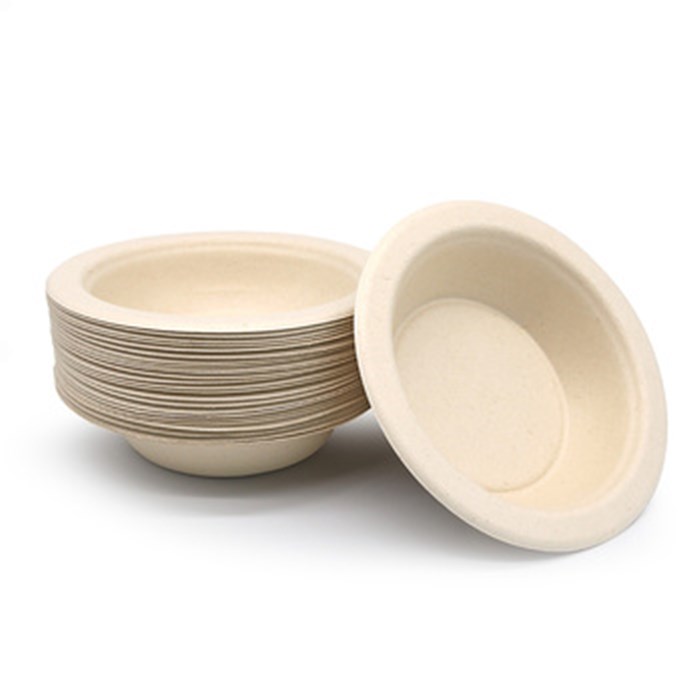After the slowdown in 2020, the global packaging market returned to stable growth in 2021 due to the interference of covid-19 in many end-use industries. According to Smithers’ latest research, the future of global packaging by 2026, the total value will break through a historical milestone and reach US $1.01 trillion in 2021.
Smithers predicts that after achieving an increase of 4.8% from 2020 to 2021, it will return to a stable compound annual growth rate (CAGR) of 3.9% from 2021 to 2026. At constant prices, this will generate a total market value of $1.22 trillion in 2026.
This expansion depends on the response to new demand, consumer demand and changes in the distribution channels of packaged goods. Smithers’ new research tracks in detail 8 regions and 57 leading national markets.
At the same time, the data show that China is still the largest market in the world, with a value of only US $256 billion in 2021. It will also become the fastest growing country by 2026, further consolidating its dominant position. This is more than US $1972 billion, Japan $53.2 billion, India $48.2 billion and Germany $39.3 billion in 2021.
In the next five years, the expansion rate in North America will be the slowest, and the rapid recovery of China’s economy and consumption will make Asia a major contributor to world economic growth.
Worldwide, the sales of paperboard packaging, corrugated board, folding carton and liquid packaging board are expected to grow at the fastest rate in the next five years. This can be attributed to several factors. The first is the increasing preference for fiber packaging, which is consistent with the sustainable development goal of brand owners and the legislation focusing on the transition to circular economy model. Cardboard packaging, especially corrugated cardboard, benefited from the surge in e-commerce sales during the epidemic.
At the same time, the use of folding cartons will increase in four areas – luxury goods, drugs, beverages and retail food.
The second fastest growing material will be rigid and flexible plastics. Although these packages are generally considered the most unsustainable packaging types, they will all benefit from design innovation and a large number of new recycling technologies, including machinery and chemistry, over the five-year period predicted by Smithers. They will also continue to be popular in developing markets, where they provide convenient, effective and low-cost solutions as consumers turn to buying more packaged goods.
The growth rate of glass, metal, other packaging and flexible paper is expected to be lower than the global average. The consumption of flexible foils is expected to decline as forms such as multilayer plates are replaced by single material barrier plastics.
Industry / transportation is the largest packaging end use application, accounting for 41.6% of global sales in 2020, followed by food (29.6%) and beverage (13.9%). It is expected that packaging sales in the medical industry will grow at the fastest rate, followed by food and then beverage. In the industrial sector, due to the durability and reusability of plastic drums and steel drums, the sales of medium bulk containers (IBC) are expected to grow at the fastest rate.
Post time: Dec-02-2021

